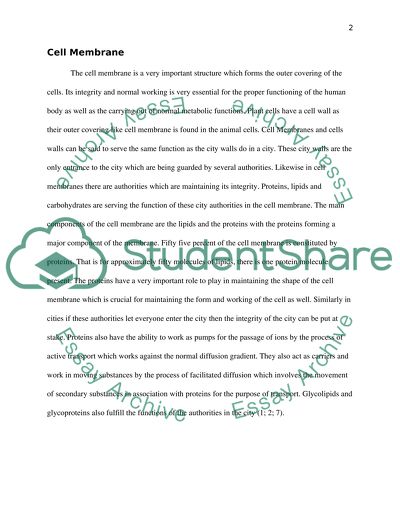Cite this document
(“Cell City Essay Example | Topics and Well Written Essays - 1500 words”, n.d.)
Retrieved from https://studentshare.org/biology/1404700-cell-city
Retrieved from https://studentshare.org/biology/1404700-cell-city
(Cell City Essay Example | Topics and Well Written Essays - 1500 Words)
https://studentshare.org/biology/1404700-cell-city.
https://studentshare.org/biology/1404700-cell-city.
“Cell City Essay Example | Topics and Well Written Essays - 1500 Words”, n.d. https://studentshare.org/biology/1404700-cell-city.


